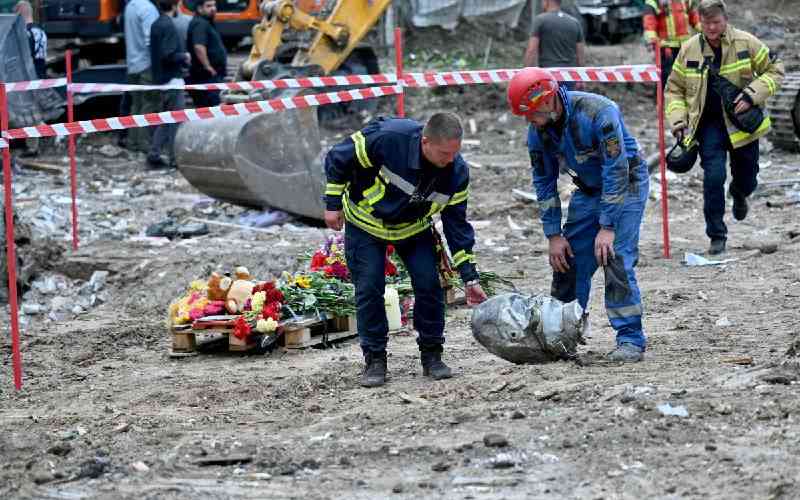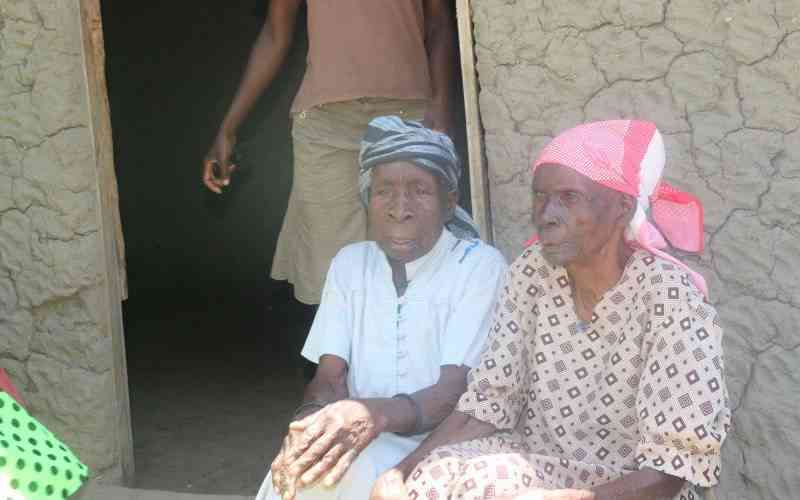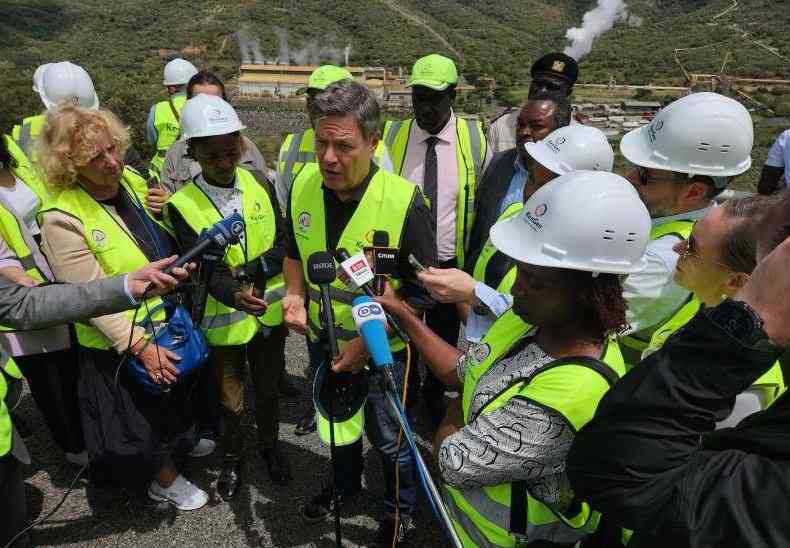
The latest attack on Ukraine’s Capital – Kyiv, where the number of those killed rose to 31 by early Friday, according to Kyiv Independent, came more than ten days after Russia’s propaganda media released a video revealing large drone factories tucked away in one of the republics of the Federation.
On July 20, Russia’s military-controlled Zvezda TV reported what had previously been described as an established string of factories in its Special Economic Zone in the republic of Tartastan that lie 1000 kilometres East of Moscow in a clear case of chest-thumping.
Described by its director Timur Shagivaleyev as the world's biggest maker of strike drones, the inside of a factory was shown on the TV channel with teenagers helping make kamikaze drones used to attack Ukraine, Reuters reported on July 21.
According to Newsweek, Russia's shift from importing Iranian drones to mass-producing them marked an escalation in its war strategy. The paper reported that Geran-2, modelled on Iran's Shahed-136, was cheap, easy to assemble, and effective at swarming Ukrainian defences, especially at night.
Nearly 11 days after news of the video broke, an overnight drone and missile attack on Kyiv’s residential areas killed 18, according to earlier reports by Aljazeera, 31 according to Moscow Times and France 24. Al Jazeera said those killed included a six-year-old boy, as the wounded numbered 159, quoting Ukrainian officials.
The attack prompted United States President Donald Trump to slam Moscow’s actions as “disgusting.” On Monday, he issued a 10- or 12-day ultimatum to Moscow to halt its invasion of Ukraine, now in its fourth year, or face sanctions.
The Russian barrage caused damage at 27 locations across four districts of Kyiv, city military administrator Tymur Tkachenko said on Thursday. Rescue teams were searching for people trapped under the rubble, Al Jazeera reported.
The footage, in a documentary film broadcast by Zvezda on Sunday, July 20, showed hundreds of large black completed Geran-2 suicide drones in rows inside the secretive facility, which has been targeted by Ukrainian long-range drones.
Kyiv said Russia has used the Geran drones to terrorise and kill civilians in locations including the capital Kyiv, where residents often shelter in metro stations during attacks.
Ukraine’s President Volodymyr Zelenskyy said on Thursday that Russia had used more than 300 drones and eight missiles in the attack as he posted a video of burning ruins on social media.
Zelenskyy also urged allies after the latest deadly attack to push for “regime change” in Russia, an unlikely scenario fraught with deep concerns of European nations being brought into direct conflict with Moscow, said Al Jazeera.
Last week, Russia claimed its drone and missile strikes target only military or military-related targets and denies deliberately targeting civilians, more than 13,000 of whom have been killed in Ukraine since the war began in 2022, the United Nations says.
After destroying a residential flat and not a military installation, the Wednesday attack, as reported, disproved Russia’s claims.
In May, Russia paraded combat drones that its forces use in the war in Ukraine on Moscow's Red Square in what state TV said was a first.
The design of the Geran-2, which has a known range of at least 1,500 km (932 miles), originated in Iran, where an earlier version was made. They have been used to target Ukrainian energy infrastructure.
Stay informed. Subscribe to our newsletter
Zvezda set the documentary to upbeat music, part of its mission to keep Russians interested in and supportive of the war.
The factory is part of the so-called Alabuga Special Economic Zone, which is near the town of Yelabuga, which is over 1,000 km from the border with Ukraine.
In January, The Standard reported that fourteen Kenyan women were part of the workforce trapped in the Tatarstan-based factories set up to produce Iranian-type kamikaze drones.
The women aged between 19 and 25 were duped into enrolling in what they thought were educational opportunities that would be followed by employment in Russian institutions through the Alabuga SEZ/ Start program, which advertises through new media and socials.
A quick hit through search engines showed that the program used flowery language in its advertising, claiming to offer fully funded training and job opportunities. One pop-up through a search engine claimed Alabuga offered an opportunity to relocate to Russia with the possibility of earning 40,000 Russian rubles, which translates to Sh 52,000.
The promotion said the Special Economic Zone Alabuga (Tatarstan, Russia) launched "Alabuga Start" for foreign students and young people from all over the world who want to relocate to Russia. The program claimed to offer jobs in logistics, crane operators, welding, hospitality and other skills-oriented engagements. Training through a fully funded program, which includes learning the Russian language, an offer of accommodation and a monthly allowance, a paid flight ticket to Russia, and voluntary health insurance, is offered as a benefit.
However, according to Russian investigative outlet Protokol, which had been running anti-war stories online, Russia had to look for a way of manufacturing its drones using cheap labour after using cheap suicide drones imported from Iran to attack Ukraine.
In November 2023, the outlet reported, Russia struck a deal to manufacture drones with Iranian help at the Alabuga Special Economic Zone (SEZ) in Tatarstan, a republic in western Russia. Facing manpower shortages, Russia got into recruiting foreign nationals to staff the zone’s drone factory, including young women and girls from African countries.
The Protocol exposed said workers at Alabuga Start come from at least 30 countries, largely African. One hundred eighty-two women entered the programme in early 2024, many from Africa. This included Uganda (46), Kenya (14), Nigeria (14), South Sudan (14), Rwanda (14), and Sri Lanka (10). There were also joiners from Zambia (4), Ethiopia (6), Ghana (2), Malawi (2), Mozambique (1), South Africa (6), Tanzania (4), and Zimbabwe (4).
In an opinion article in The Standard, Ukrainian ambassador to Kenya Andrii Pravednyk wrote about Russia using suicide drones on Ukraine. Pravdnyk said,“From our air defense system monitoring apps, at least 1,455 air raid alarms have gone off since the beginning of the full-scale invasion. More are still expected”
The ambassador added that the attacks against civilians were repeated on January 1, 2025, when at least 100 missiles and kamikaze drones were sent towards Kyiv, Ukraine’s capital. While most of the missiles were contained by the air defense system, at least one hit a civilian building in the city, and two people were killed.
Voice of America reported that the weapons raining on Ukraine were manufactured through what is turning out to be forced labour, where workers were netted through methods of entrapment.
Recruitment at Alabuga, investigations by international media had revealed, was part of wider Russian exploitation of foreigners from developing countries.







